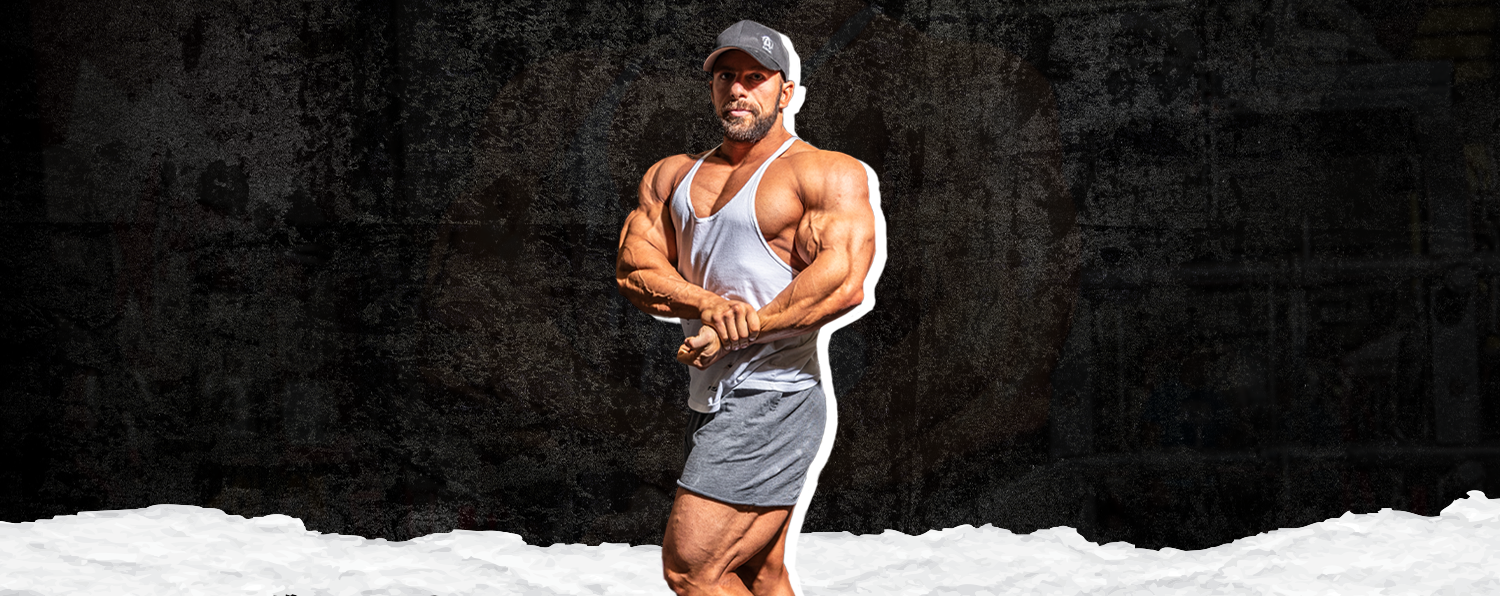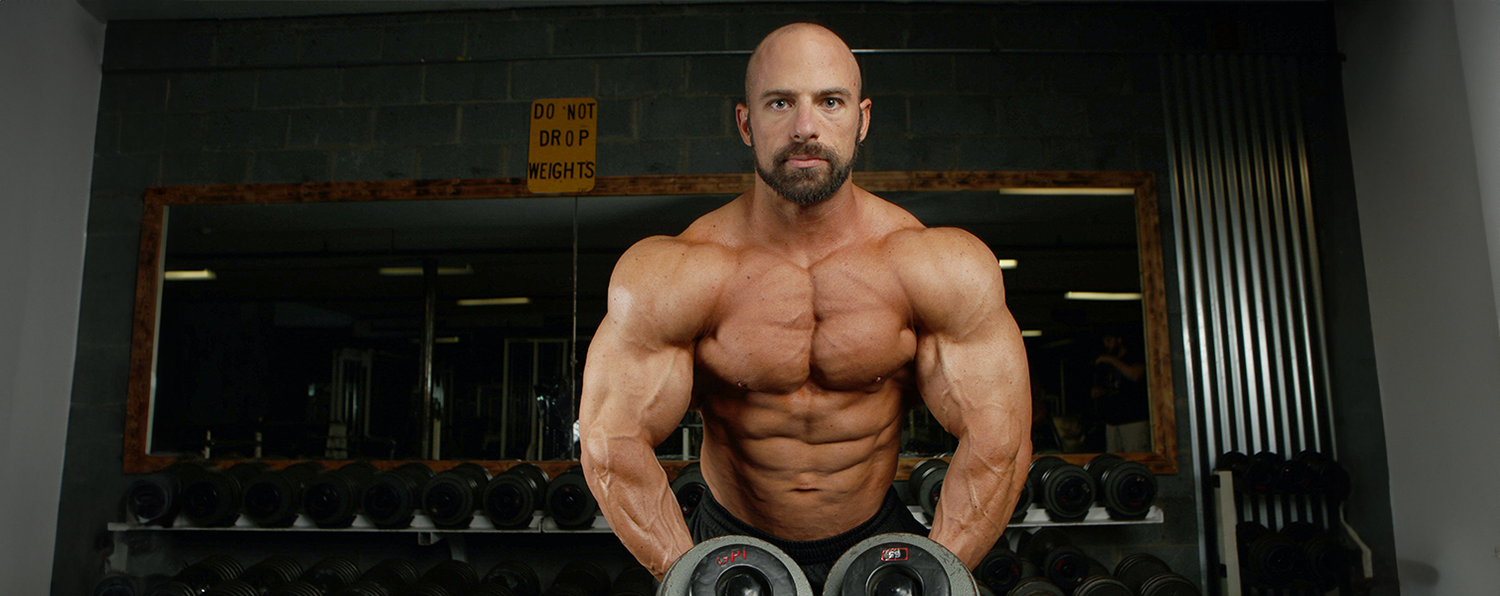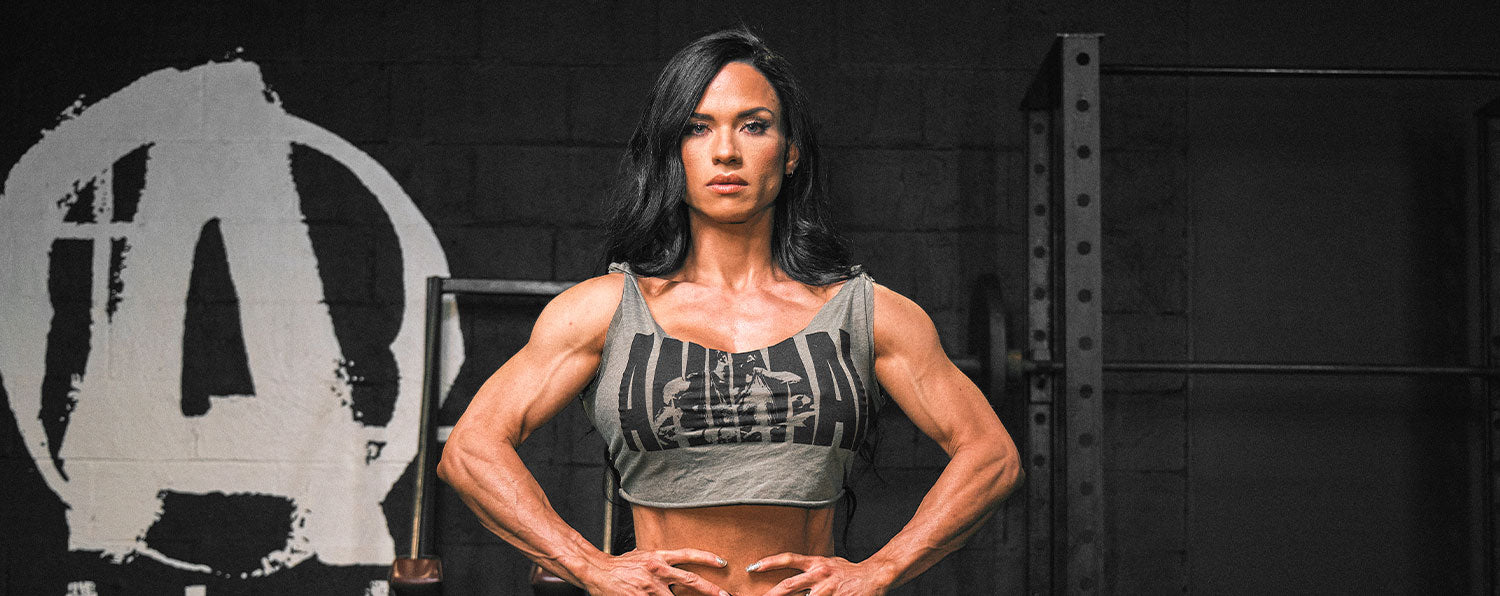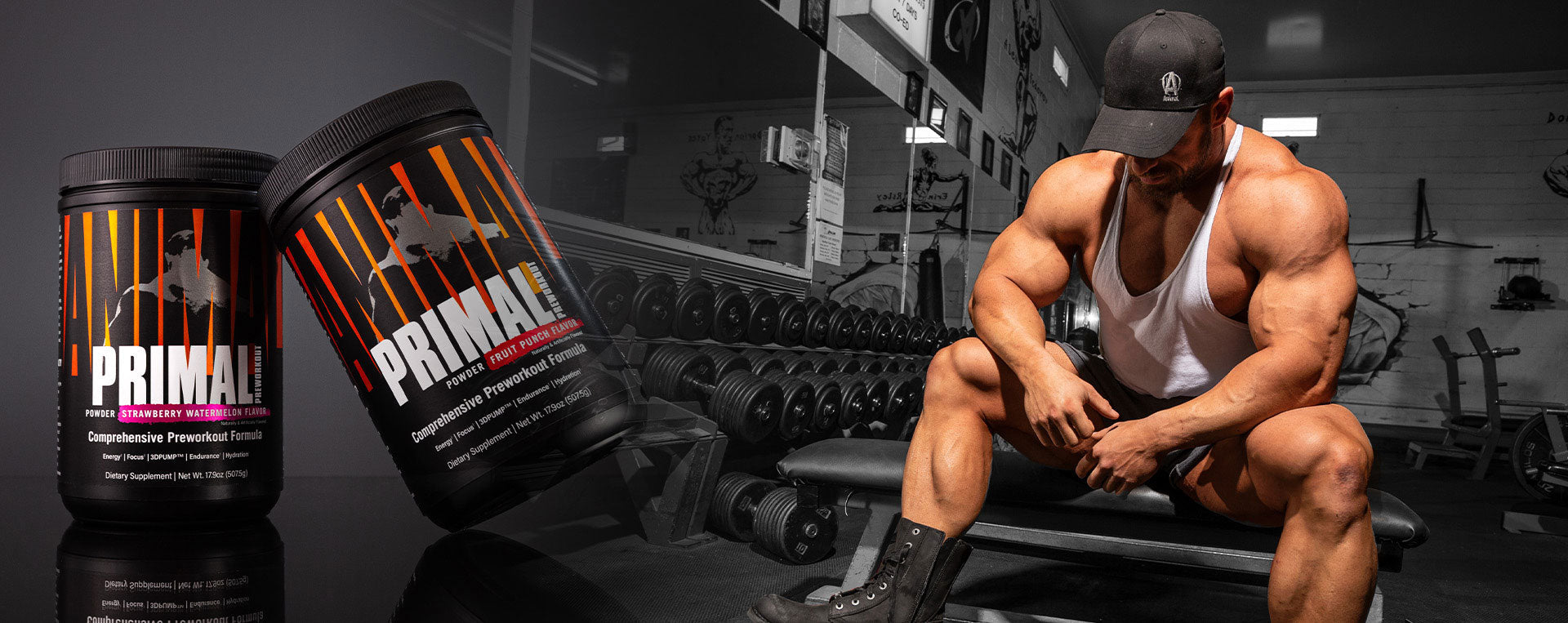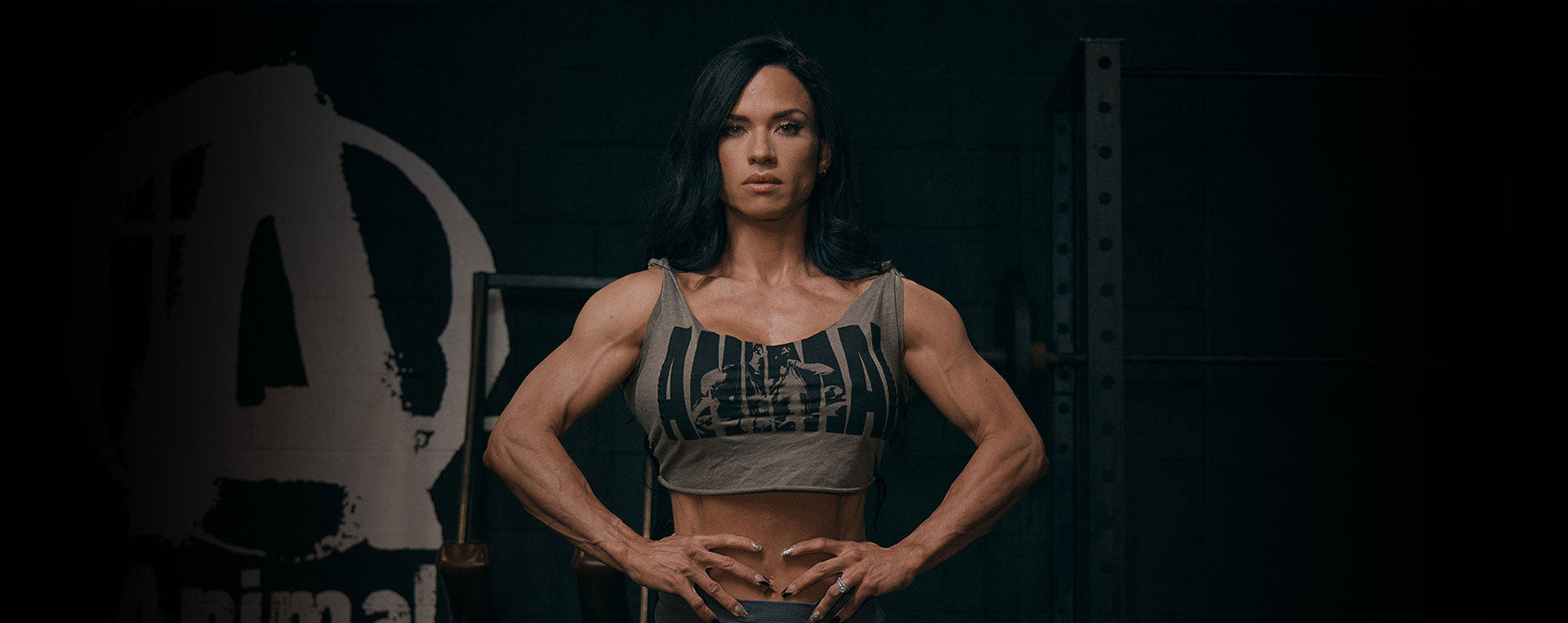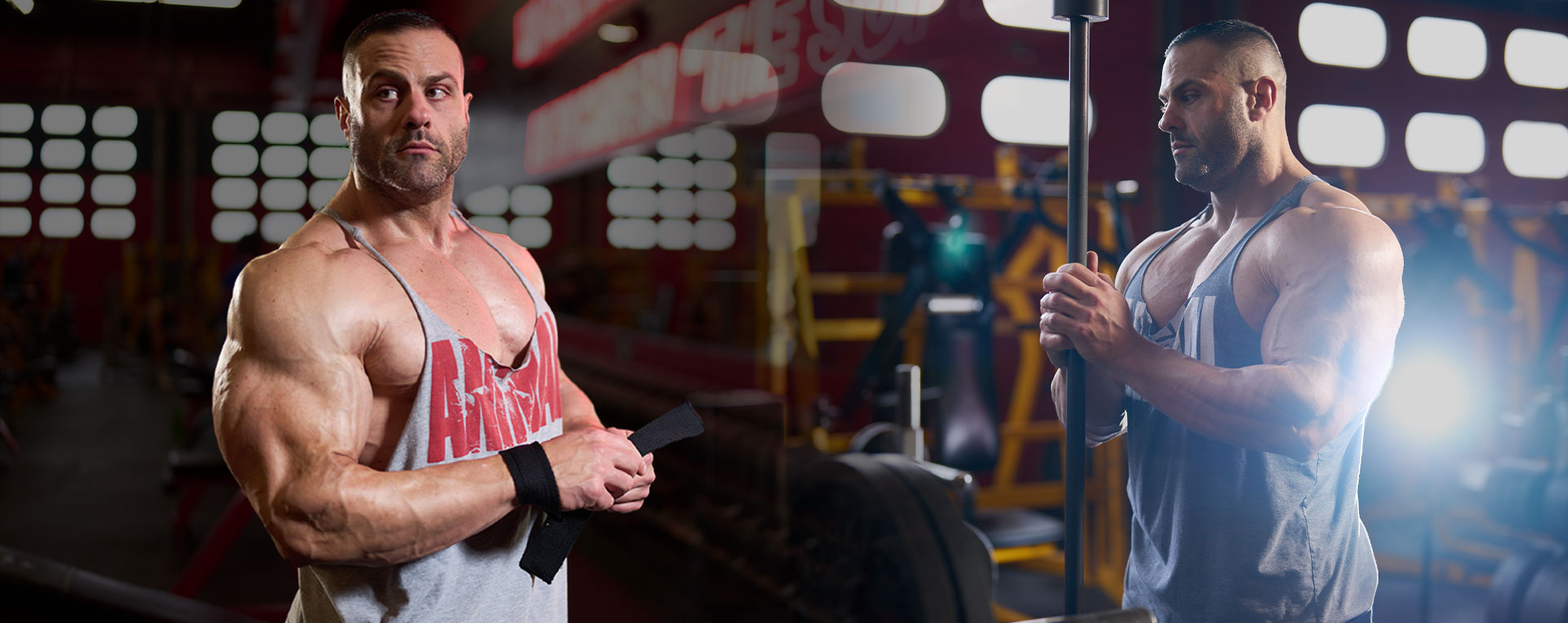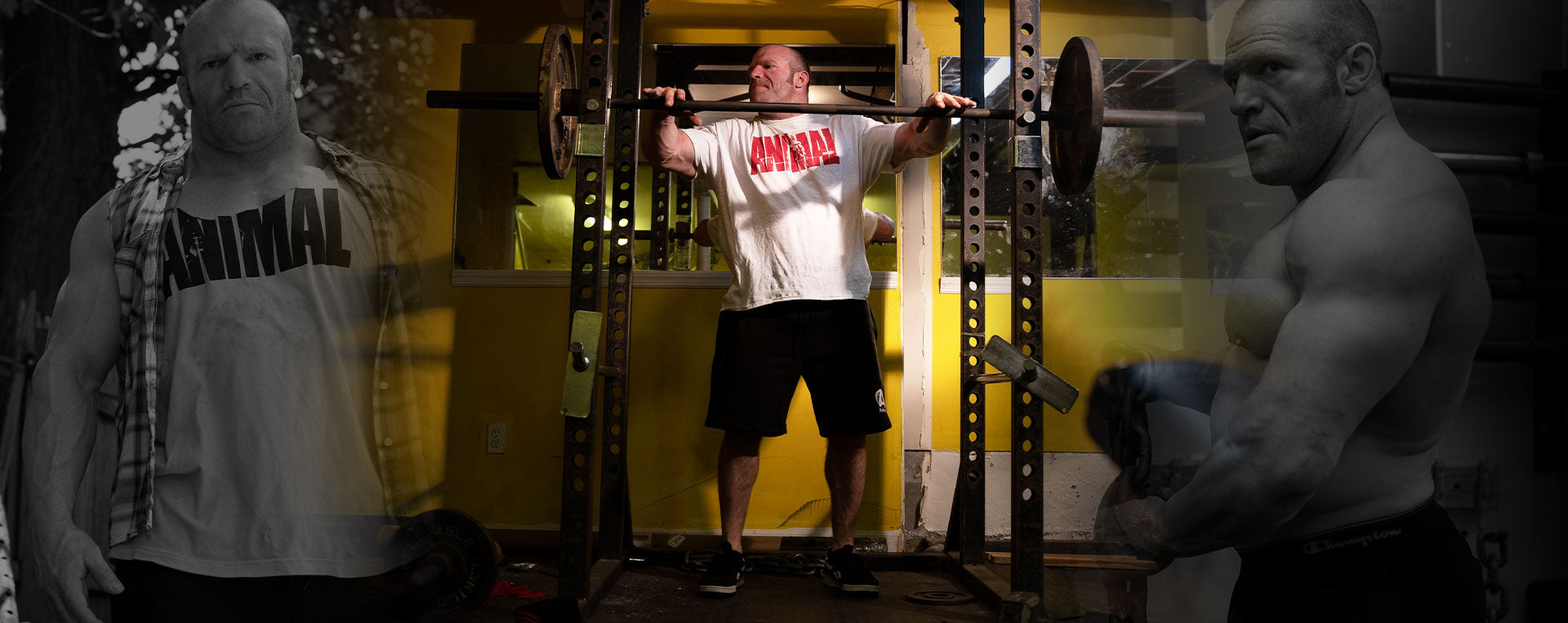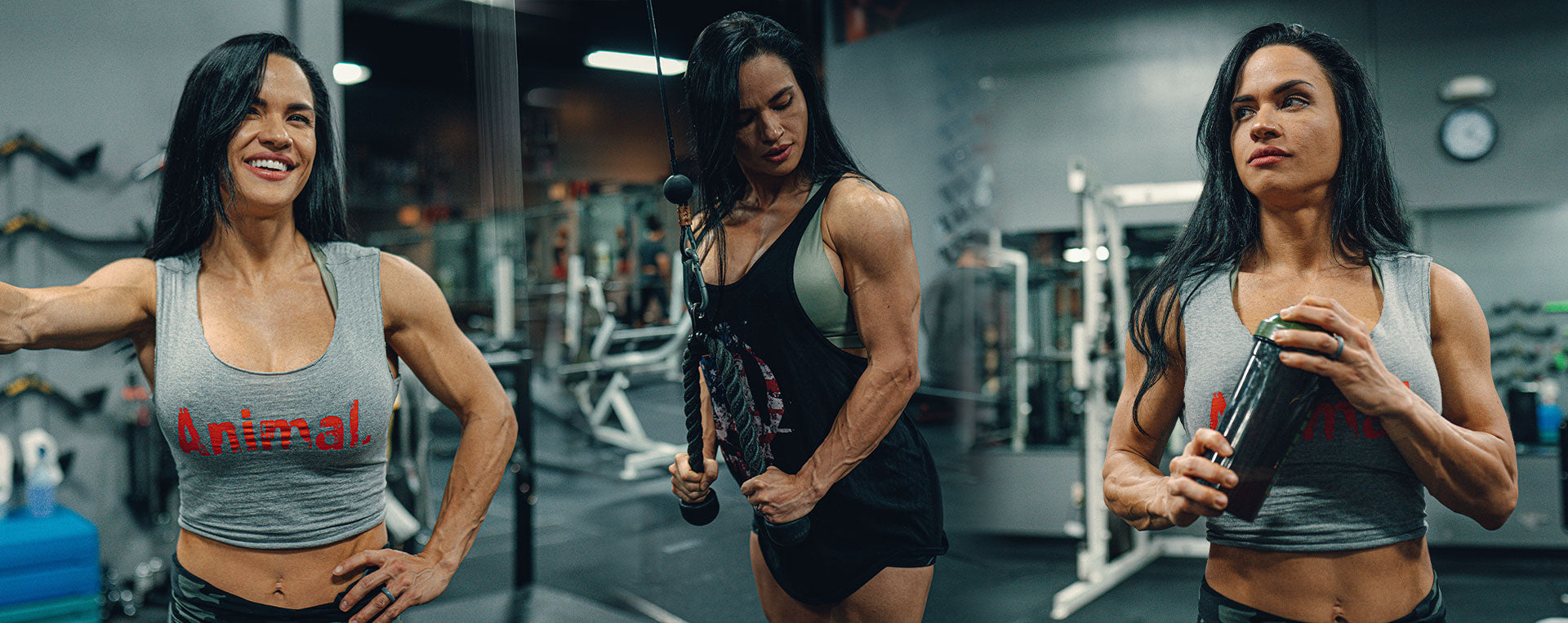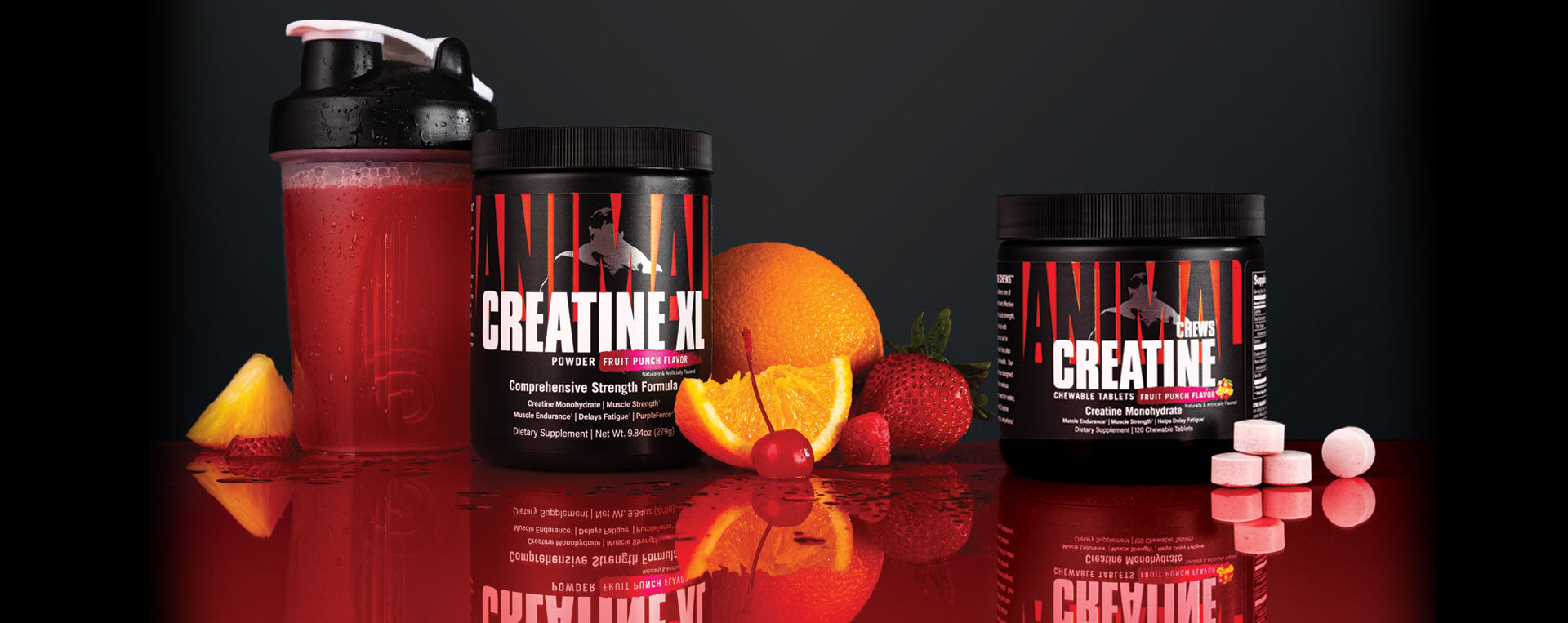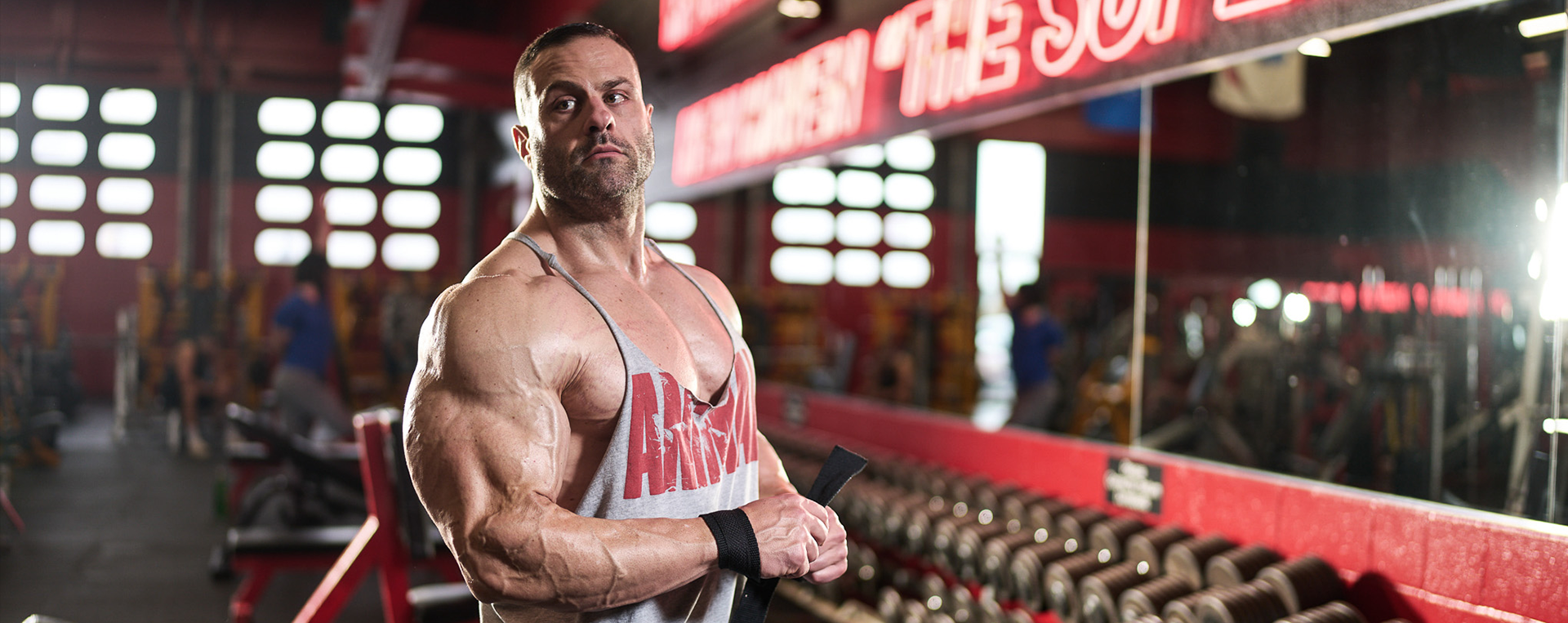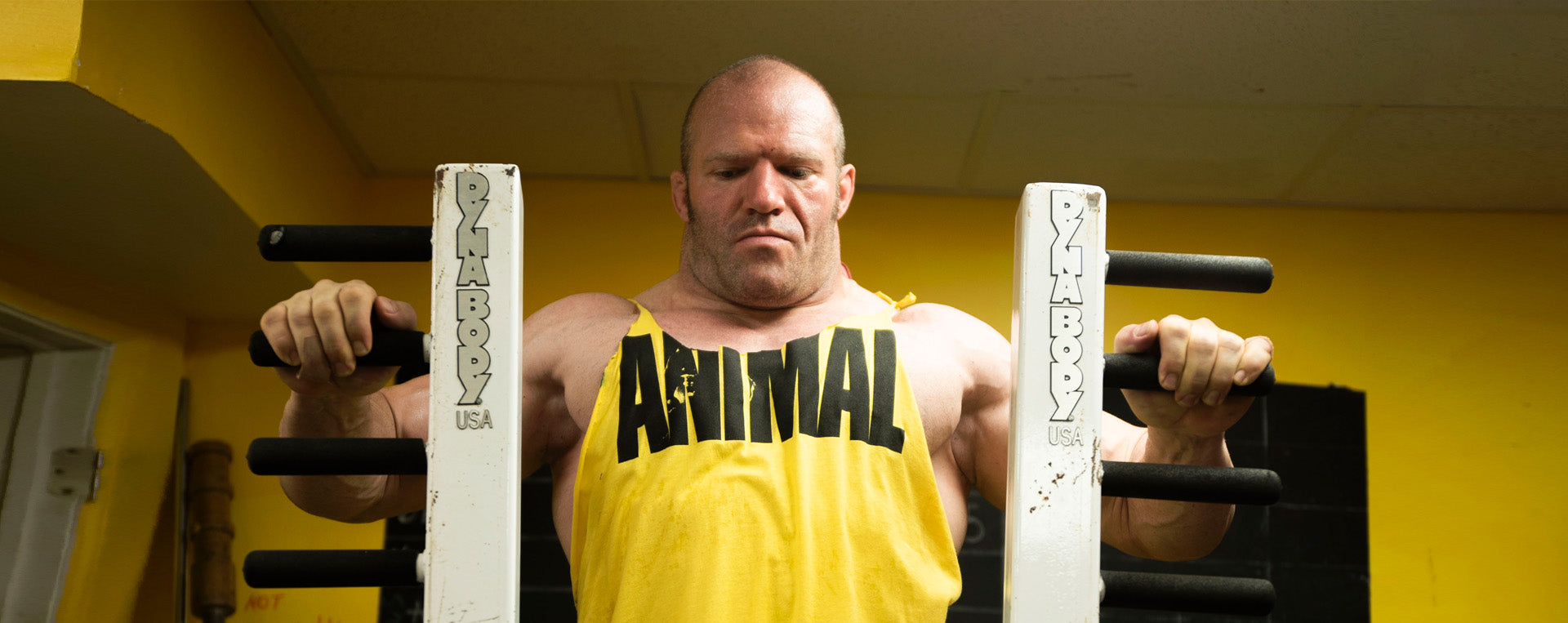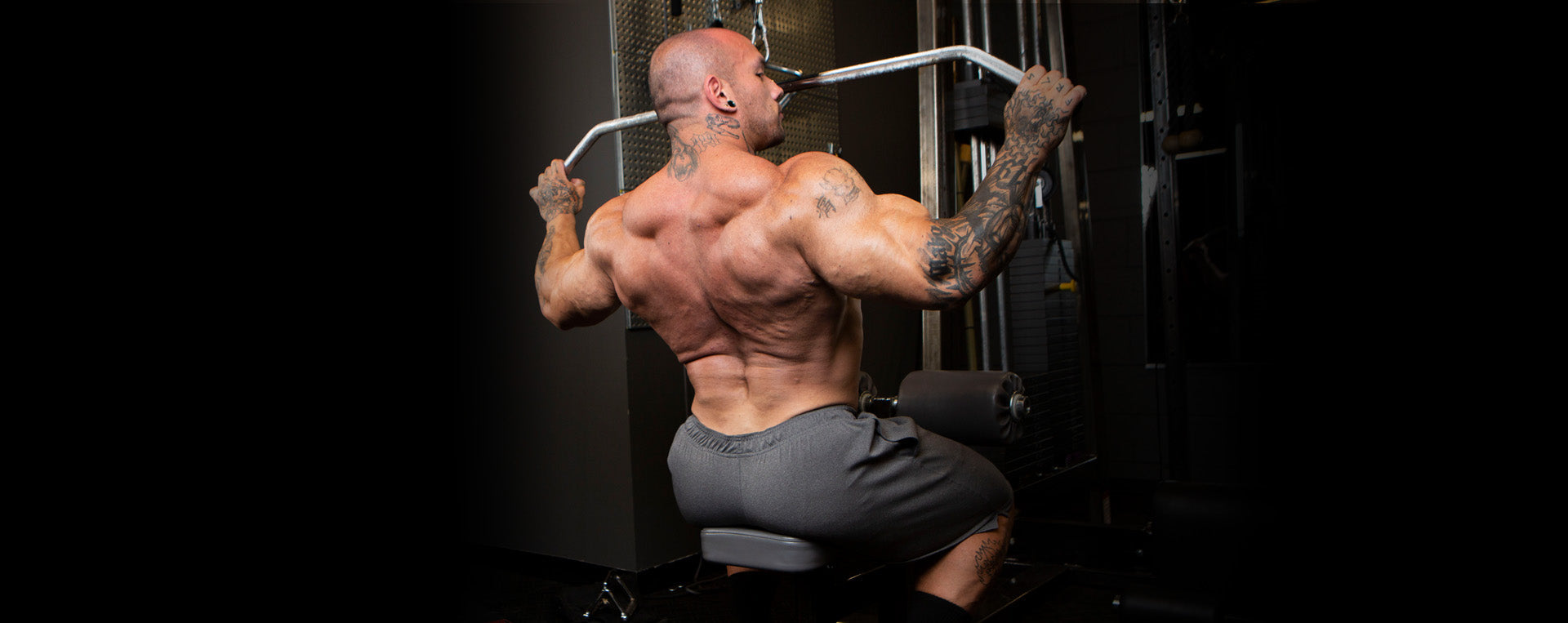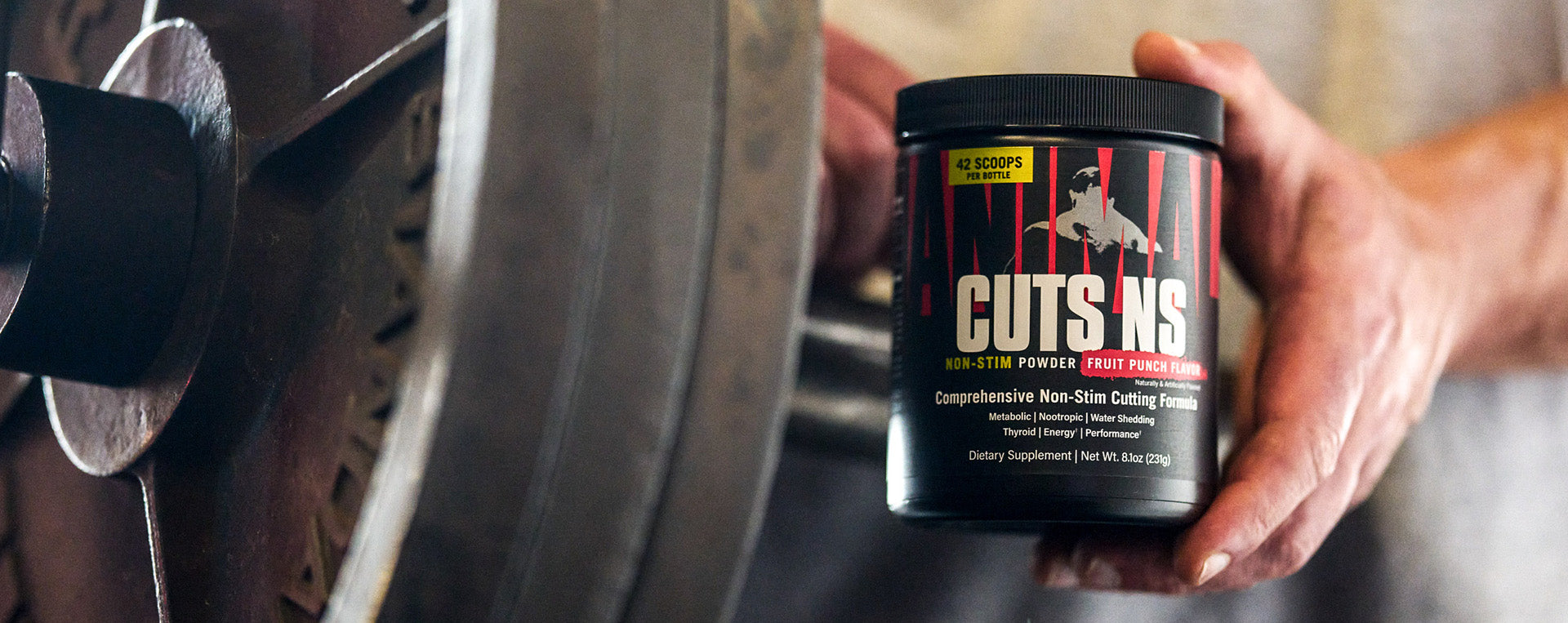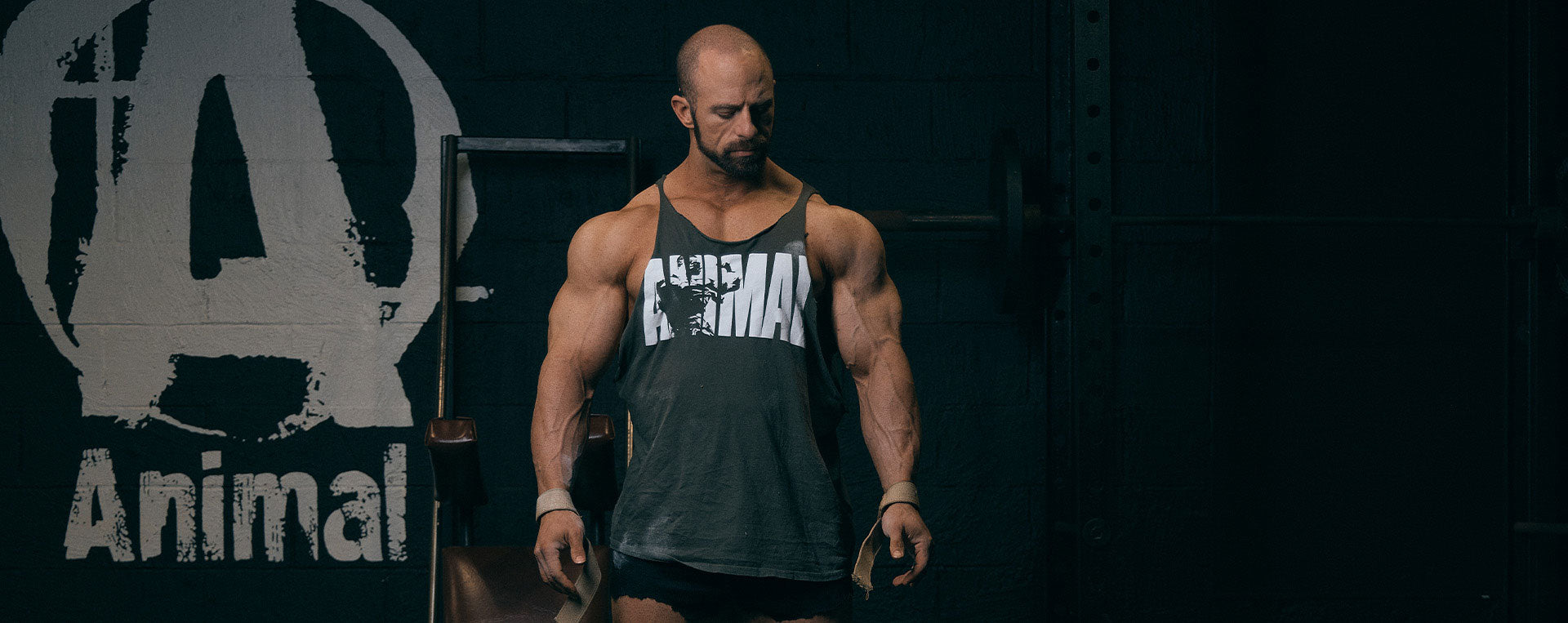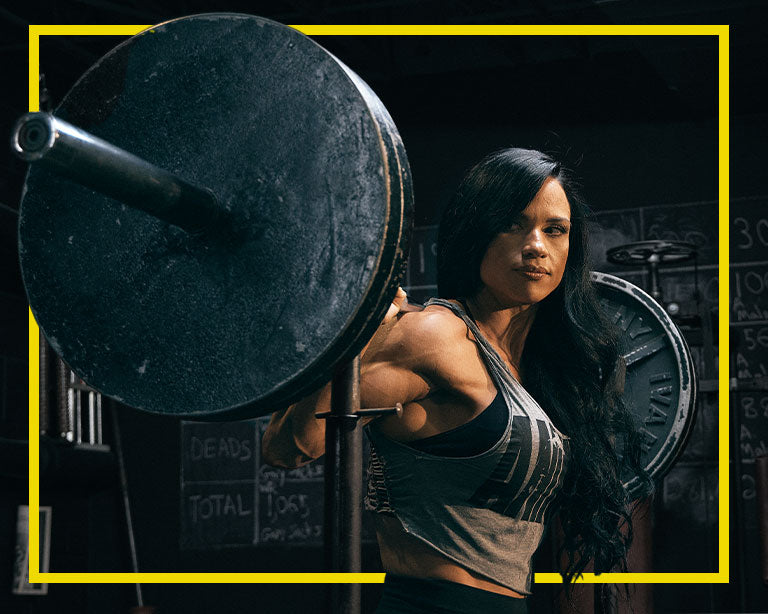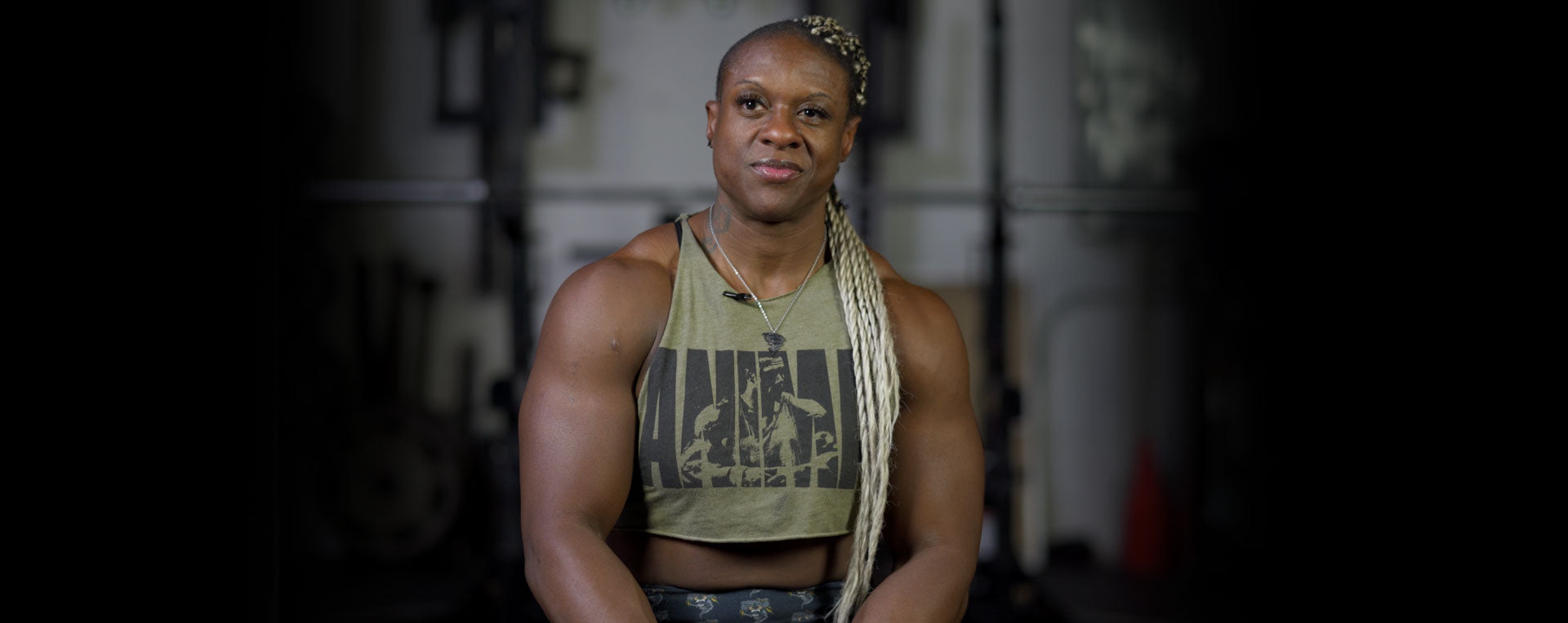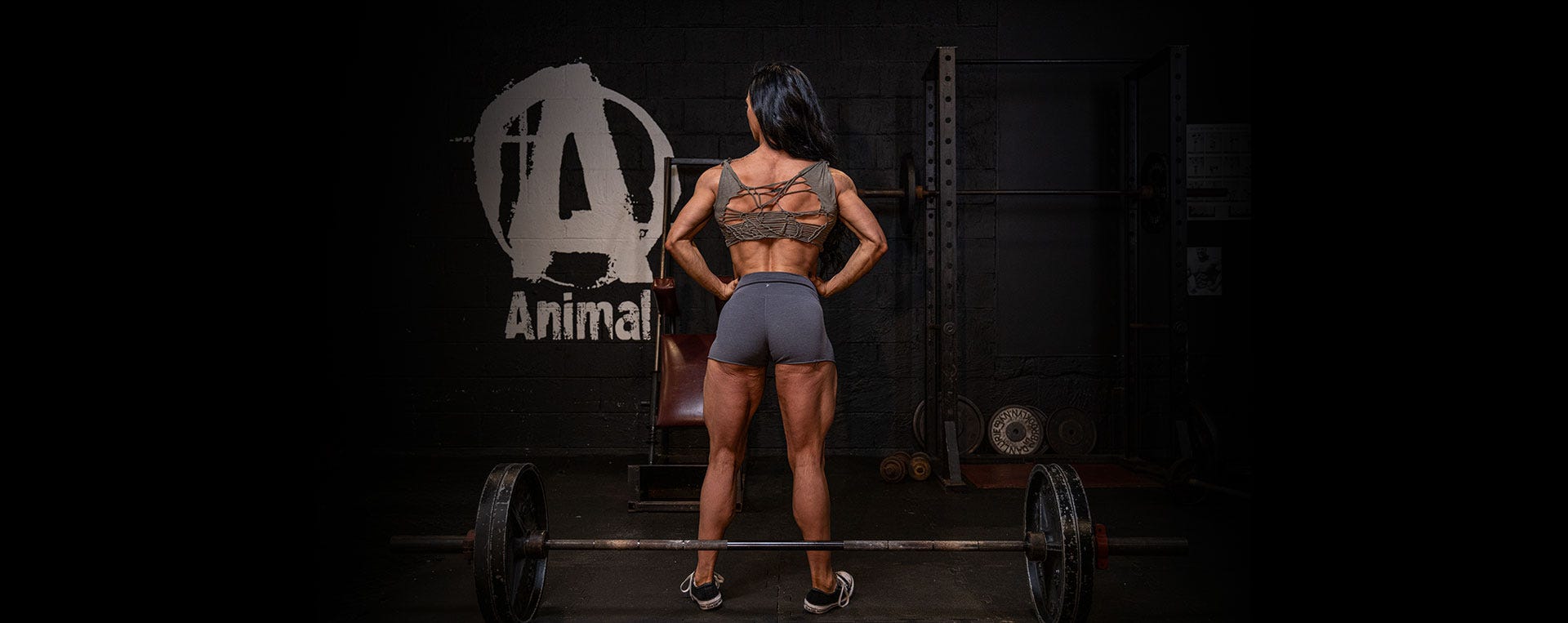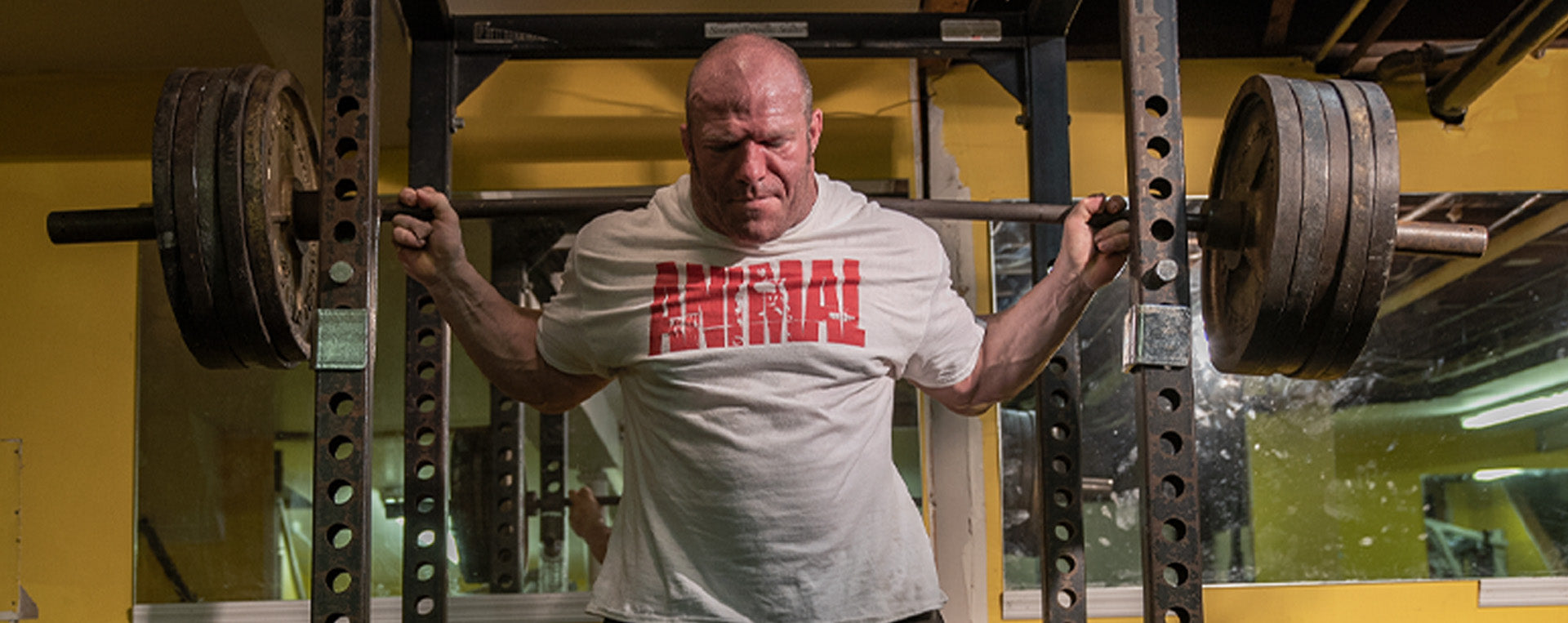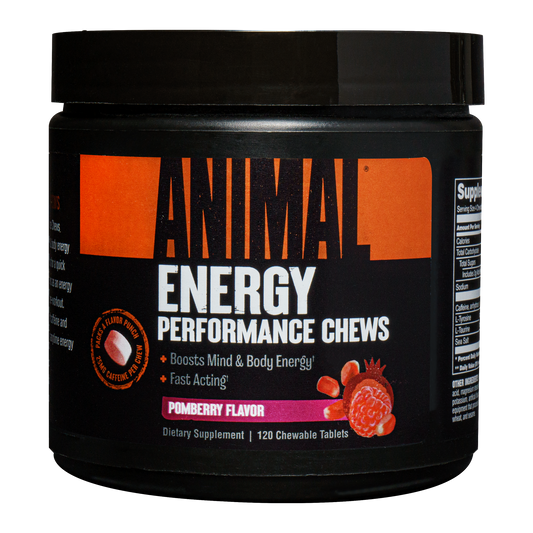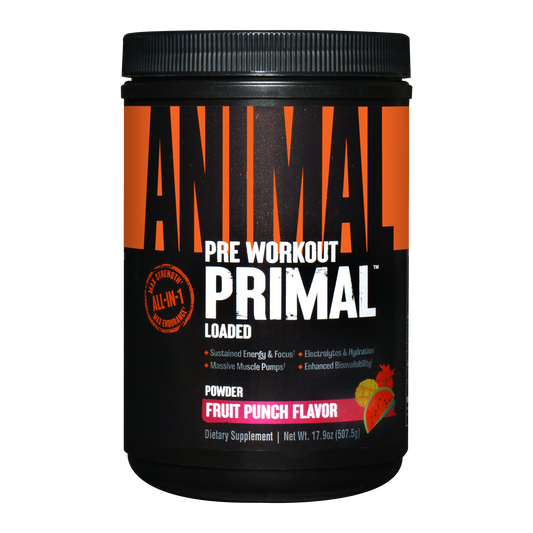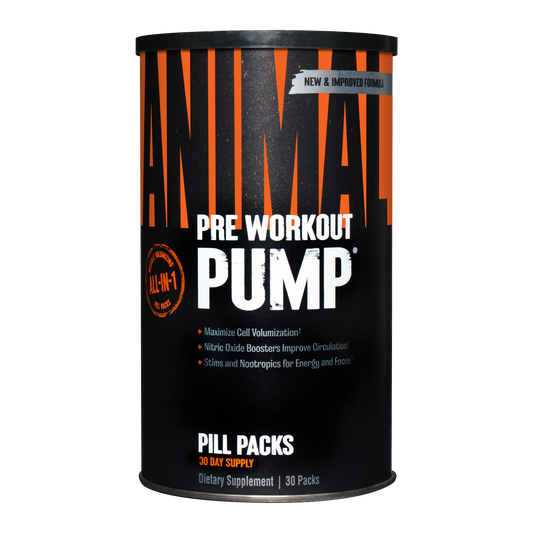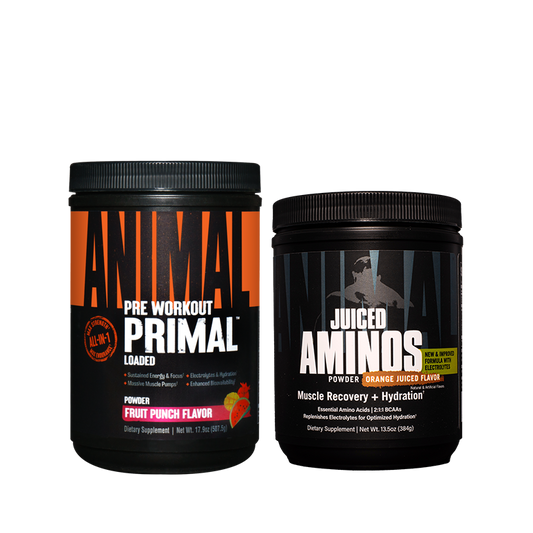The evolution of my training began when I was 12 years old. My motocross trainer recommended to my parents that I should be on a weight training program to help physical performance and to help prevent injury. I was given a basic bench set and dumbbells and taught the basic movements: squats, bench press, standing shoulder press, good mornings, deadlifts, core work, and of course…a lot of cardio. It was a fast-paced circuit training program that moved from one station to the other. I spent 2-3 minutes at each station and would run through 3 revolutions. My repetition range was around 10-15 for all movements, but nothing was taken to muscular failure. I did this three times per week.
I wanted to learn more when I saw how quickly my body changed after three short months. I was able to overpower my friends when wrestling and I felt a huge difference when I raced. I was totally hooked. I then began reading bodybuilding magazines to learn new movements and routines. My trainer, however, would not allow me to use bodybuilding-oriented training since that can work against you in motocross. Generally, you want to be conditioned for endurance and not for size or overall max strength. Just like any young kid, I did not listen. I still snuck in extra workouts and trained more like a bodybuilder, or at least what I thought was training like a bodybuilder. I was lifting as much as I could for 8-12 repetitions.
In high school, I took a short break from motocross for two years and just lifted weights with my good friend Dave. We would go to Boston Market every day after school and eat a half chicken with two sides and then go train for 2-3 hours at our local gym. We really did not know what we were doing. We had a standard split but would do about 6-7 exercises per body part. I did get pretty strong; I put on enough size that my pecs and arms developed stretch marks. I was 100% natural and had reached a body weight of 200 pounds by senior year in high school.
In 2004, I officially stopped racing motocross and started fully training for actual bodybuilding shows. I was a personal trainer and had gained more knowledge on training splits and repetition ranges for hypertrophy, and was training with more intensity. I have always followed a “bro split,” which is training one body part per 5-7 days, and still do today. Back then I was training to muscular failure on every set and only waiting 1 minute to 90 seconds between sets. I also reduced the number of exercises I did per body part from 6 plus down to 3-4. I overtrained severely in this first year and really did not improve over the course of 12 months. In my first show, I competed as a middle weight and was not in great condition; I also placed last in the open.
The following year I had to reassess my training. I moved failure training to only the last two sets of each movement and gave myself more rest between sets (around 2 minutes). I started getting results almost right away. Once I saw the change, I stuck with that same training format and execution for about three years. I put on about 18 pounds of stage weight and greatly improved my placing each year I competed, including winning my class for the first time.
Going into my fifth year in bodybuilding, I hired a coach to help with diet, supplementation, and training. Coaching was not really a thing then and social media did not exist. My coach gave me significantly more food and added more volume to my training with the same principles of intensity that I was already using. He added about one more exercise per body part, along with one more working set on each exercise. This was a pretty big jump in volume. My body responded very fast. I added 10 pounds of stage weight that year and looked my best to date with respect to condition and fullness.
I then met Evan Centopani when I started school near the gym where he trained. One day he saw me training and invited me to come train with him. I gladly accepted. Now this was a huge eye opener. Needless to say, the volume and intensity at which Evan trained was something I was not used to at all. It crushed me. This was a whole new level of intensity. After my first workout with him, I felt like I got hit by a bus and could not sleep that night since my body was so overworked. I was all about it and wanted to learn as much as possible. I just did everything he told me to do. It was a great two years.
We were training with very high volume of 18-22 sets per body part, training to failure on at least half of those sets, but waiting a good amount of time between sets at around 2-3 minutes. I was probably overtraining for the first 4-6 months with him because I had a cold on and off the entire time. The only thing that saved me was my youth. The body sure does recover much faster when you are young, so eventually I adapted to it. I made good progress again that year into my last show before I started my internship.
After three years off of bodybuilding due to my internship and getting my career underway as a Registered Dietitian, I wanted to start competing again. The approach I decided to take was a combination of mind-muscle connection and the intensity Evan taught me with about 70% of my previous training volume. I had never before left my ego at the door and simply focus on the muscle being worked. My body responded unbelievably well. That year I won my class and overall in both shows that I entered, qualifying me for nationals. I maintained this style of training until after I turned pro in 2013. My repetition range has always been around the same at 8-12 repetitions.
I started noticing that I recovered at a slower rate after I turned pro. I would often feel beat up, fatigued, and was experiencing chronic overuse injuries on a regular basis. The style of training I used until this point was no longer working. My body was breaking down, I believe, mostly due to age since I was about 30 years old at the time. This was also when I first hurt my knee and was recovering from a pec tear the year before. Coincidentally, Dave Palumbo told me when I was 24 years old that I had 6 more years to have fun training because it is all damage control after 30. He was not joking. Being stubborn, I continued to train the same way and would just work around injuries and avoid things I could not do. When I say working around injuries, I was actually working more through them than around them. Not a smart thing to do.
From this point forward, I battled injuries for 2-3 years and tried to make ground. I didn’t do a good job. Then, I changed my training to a higher level of mind-muscle focus, I backed off weight, kept intensity high, and reduced volume further. From this I was able to improve some weak areas. I was around 10-16 sets per body part and only took the last set to concentric failure. Rest between sets were still around 2-3 minutes. I responded fairly well to this for a short time.
More recently, I’ve learned a few new things from John Jewett’s training programming. I told him I was very injury prone and recovered slower than most. He removed failure training completely from my training, added back in some volume, and revamped how I did my working sets. My heaviest set was my first set, and the following sets were backing off weight provided I stayed in my assigned rep range. For example, in order of first set to last, I’d do 10, 12, and last set around 12-15. My body responded like it did years back when I hired my first trainer. I was able to recover lighting fast between workouts and accumulate effective volume over time. I did all of this with no failure training and using a principle called repetitions in reserve (RIR). I stayed mostly around a RIR of 1-2 reps.
A good takeaway from my years of training is knowing that the same thing will not work forever. You also need to monitor yourself closely to ensure you’re recovering properly, making progress, and training in a way to reduce likelihood of injury. I wasted a lot of years by being stubborn and thinking what worked before was going to work again. That was not the case at all. Just mindlessly training to failure and adding more volume does not work. The other mistake I made that does not work is this “beast mode” mentality. It simply does not work to go to the gym with no plan and just kick the crap out of your body and hope it responds. Yes, you need to train really hard, but be more calculated with a progression-based program. The body is always changing as we progress and as we age.
I wanted to learn more when I saw how quickly my body changed after three short months. I was able to overpower my friends when wrestling and I felt a huge difference when I raced. I was totally hooked. I then began reading bodybuilding magazines to learn new movements and routines. My trainer, however, would not allow me to use bodybuilding-oriented training since that can work against you in motocross. Generally, you want to be conditioned for endurance and not for size or overall max strength. Just like any young kid, I did not listen. I still snuck in extra workouts and trained more like a bodybuilder, or at least what I thought was training like a bodybuilder. I was lifting as much as I could for 8-12 repetitions.
In high school, I took a short break from motocross for two years and just lifted weights with my good friend Dave. We would go to Boston Market every day after school and eat a half chicken with two sides and then go train for 2-3 hours at our local gym. We really did not know what we were doing. We had a standard split but would do about 6-7 exercises per body part. I did get pretty strong; I put on enough size that my pecs and arms developed stretch marks. I was 100% natural and had reached a body weight of 200 pounds by senior year in high school.
In 2004, I officially stopped racing motocross and started fully training for actual bodybuilding shows. I was a personal trainer and had gained more knowledge on training splits and repetition ranges for hypertrophy, and was training with more intensity. I have always followed a “bro split,” which is training one body part per 5-7 days, and still do today. Back then I was training to muscular failure on every set and only waiting 1 minute to 90 seconds between sets. I also reduced the number of exercises I did per body part from 6 plus down to 3-4. I overtrained severely in this first year and really did not improve over the course of 12 months. In my first show, I competed as a middle weight and was not in great condition; I also placed last in the open.
The following year I had to reassess my training. I moved failure training to only the last two sets of each movement and gave myself more rest between sets (around 2 minutes). I started getting results almost right away. Once I saw the change, I stuck with that same training format and execution for about three years. I put on about 18 pounds of stage weight and greatly improved my placing each year I competed, including winning my class for the first time.
Going into my fifth year in bodybuilding, I hired a coach to help with diet, supplementation, and training. Coaching was not really a thing then and social media did not exist. My coach gave me significantly more food and added more volume to my training with the same principles of intensity that I was already using. He added about one more exercise per body part, along with one more working set on each exercise. This was a pretty big jump in volume. My body responded very fast. I added 10 pounds of stage weight that year and looked my best to date with respect to condition and fullness.
I then met Evan Centopani when I started school near the gym where he trained. One day he saw me training and invited me to come train with him. I gladly accepted. Now this was a huge eye opener. Needless to say, the volume and intensity at which Evan trained was something I was not used to at all. It crushed me. This was a whole new level of intensity. After my first workout with him, I felt like I got hit by a bus and could not sleep that night since my body was so overworked. I was all about it and wanted to learn as much as possible. I just did everything he told me to do. It was a great two years.
We were training with very high volume of 18-22 sets per body part, training to failure on at least half of those sets, but waiting a good amount of time between sets at around 2-3 minutes. I was probably overtraining for the first 4-6 months with him because I had a cold on and off the entire time. The only thing that saved me was my youth. The body sure does recover much faster when you are young, so eventually I adapted to it. I made good progress again that year into my last show before I started my internship.
After three years off of bodybuilding due to my internship and getting my career underway as a Registered Dietitian, I wanted to start competing again. The approach I decided to take was a combination of mind-muscle connection and the intensity Evan taught me with about 70% of my previous training volume. I had never before left my ego at the door and simply focus on the muscle being worked. My body responded unbelievably well. That year I won my class and overall in both shows that I entered, qualifying me for nationals. I maintained this style of training until after I turned pro in 2013. My repetition range has always been around the same at 8-12 repetitions.
I started noticing that I recovered at a slower rate after I turned pro. I would often feel beat up, fatigued, and was experiencing chronic overuse injuries on a regular basis. The style of training I used until this point was no longer working. My body was breaking down, I believe, mostly due to age since I was about 30 years old at the time. This was also when I first hurt my knee and was recovering from a pec tear the year before. Coincidentally, Dave Palumbo told me when I was 24 years old that I had 6 more years to have fun training because it is all damage control after 30. He was not joking. Being stubborn, I continued to train the same way and would just work around injuries and avoid things I could not do. When I say working around injuries, I was actually working more through them than around them. Not a smart thing to do.
From this point forward, I battled injuries for 2-3 years and tried to make ground. I didn’t do a good job. Then, I changed my training to a higher level of mind-muscle focus, I backed off weight, kept intensity high, and reduced volume further. From this I was able to improve some weak areas. I was around 10-16 sets per body part and only took the last set to concentric failure. Rest between sets were still around 2-3 minutes. I responded fairly well to this for a short time.
More recently, I’ve learned a few new things from John Jewett’s training programming. I told him I was very injury prone and recovered slower than most. He removed failure training completely from my training, added back in some volume, and revamped how I did my working sets. My heaviest set was my first set, and the following sets were backing off weight provided I stayed in my assigned rep range. For example, in order of first set to last, I’d do 10, 12, and last set around 12-15. My body responded like it did years back when I hired my first trainer. I was able to recover lighting fast between workouts and accumulate effective volume over time. I did all of this with no failure training and using a principle called repetitions in reserve (RIR). I stayed mostly around a RIR of 1-2 reps.
A good takeaway from my years of training is knowing that the same thing will not work forever. You also need to monitor yourself closely to ensure you’re recovering properly, making progress, and training in a way to reduce likelihood of injury. I wasted a lot of years by being stubborn and thinking what worked before was going to work again. That was not the case at all. Just mindlessly training to failure and adding more volume does not work. The other mistake I made that does not work is this “beast mode” mentality. It simply does not work to go to the gym with no plan and just kick the crap out of your body and hope it responds. Yes, you need to train really hard, but be more calculated with a progression-based program. The body is always changing as we progress and as we age.


